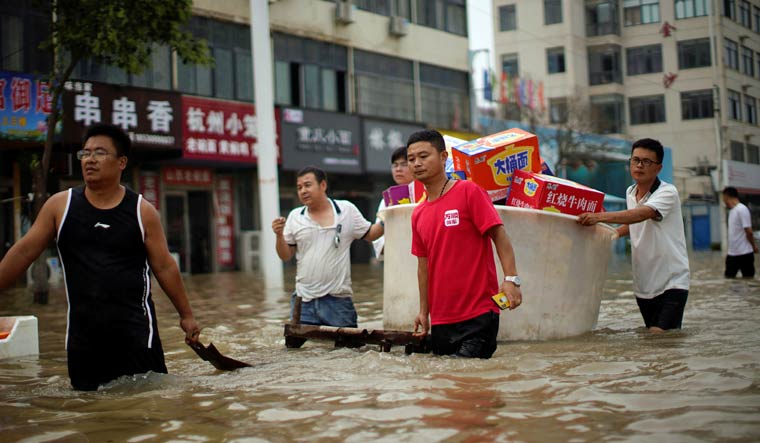The world is changing before our eyes, said the World Meteorological Organisation (WMO), in the State of the Climate report for 2021 released ahead of the Glasgow COP26 climate summit. Extreme weather events will be the new norm; the 20-year temperature average from 2002 is on course to exceed 1C above pre-industrial levels for the first time, and global sea levels rose to a new high in 2021, according to the report, published by BBC.
The State of the Climate in Asia 2020 report by World Meteorological Organisation (WMO) had earlier said that extreme weather and climate change impacts across Asia in 2020 caused the loss of life of thousands of people, displaced millions of others and cost hundreds of billions of dollars, while wreaking a heavy toll on infrastructure and ecosystems.
Sustainable development is threatened, with food and water insecurity, health risks and environmental degradation on the rise, the new report coordinated by the WMO said. It said that extreme weather events continue to threaten sustainable development: Tropical cyclones, floods and droughts induced an estimated average annual loss (AAL) of several hundred billion dollars.
China, India and Japan experienced the majority of this loss: approximately $238 billion in China, $87 billion in India and $83 billion in Japan, it said. The report said that in 2020, floods and storms affected approximately 50 million people including over 5,000 lives lost. As regards damage, India and China suffered the most in absolute value from extreme events: $26.3 billion and $23.1 billion, respectively, the report said.
It said that for some countries the impact was significant when translated into percentage of gross domestic product (GDP), which was the case for India, Iran, Bangladesh and Pakistan, where damages exceed 0.5 per cent of GDP.
The report said that climate and weather events had major and diverse impacts on population movements and on the vulnerability of people on the move in Asia throughout 2020. Much of the disaster-related displacement recorded globally in 2020 took place in China, Bangladesh and India, which recorded some of the highest figures (about 4 to 5 million new displacements each). Refugees, internally displaced people and migrants in Asia are often among those most vulnerable to climate-related and weather-related hazards. The overwhelming majority of weather-related displacements in Asia take place within national borders, though cross-border movements also occur, it said.











